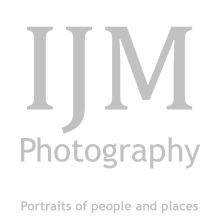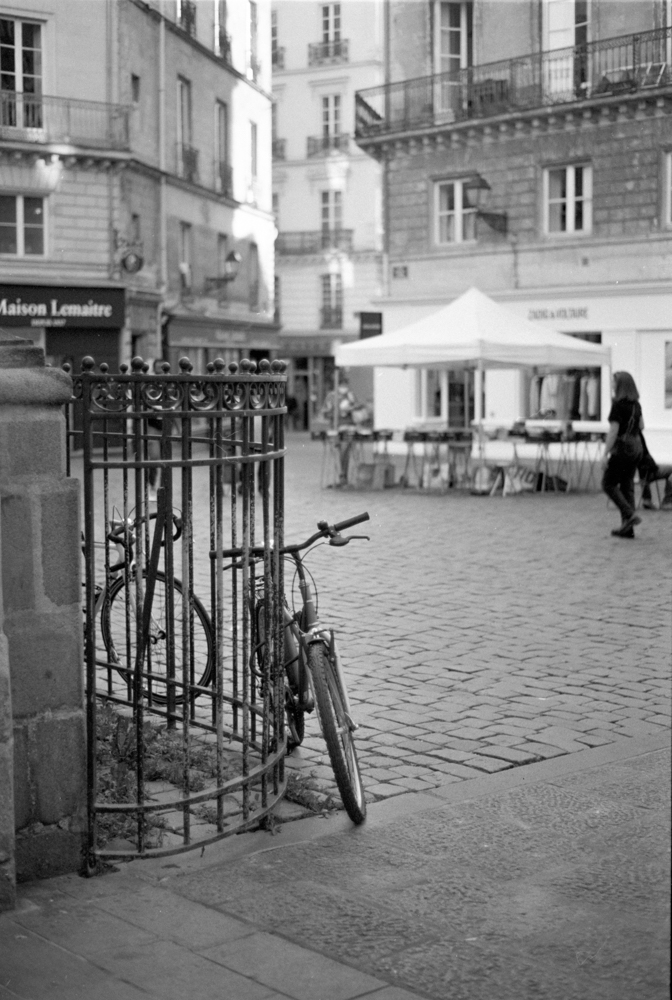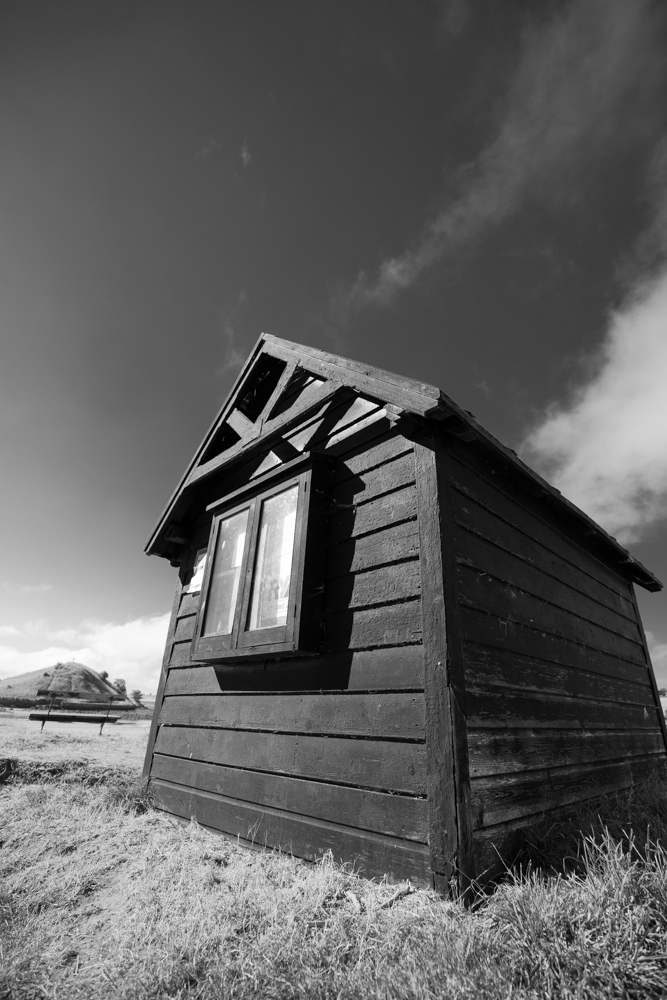We’ve talked about prime lenses and the difference between primes and zooms. But we haven’t touched on zooms. Yet. But we’re about to enter the dark side. They have cookies. So now that we’ve had a cookie, let’s talk about having our cake and eating it. Metaphorically speaking of course.
The ability to zoom in on a subject, be it in photography or in conversation has become such an ubiquitous saying. Zooming in on the details in a conversation. The image evoked is fair though. A zoom lens allows us to zoom in visually.
I might even go as far as to describe them as a guilty pleasure. That kind of thing that gets results but leaves you feeling a little dirty afterwards, and you feel like you have to justify why you couldn’t just use a purer prime. Well sometimes you need the versatility of a zoom. It means you have to take less kit to weigh you down.
This article started as a single piece of writing, and then going more in depth, it has morphed into a series of two articles. I have a lot of information for you, and it might be easier to digest as a two part story.
The Zoom lens work flow
A zoom lens is more than an investment, it is akin to having four lenses in one support. One going from 16mm, 24mm, 28mm to 35mm, another from 24mm, to 35mm, to 35mm, to 50mm, and onwards and upwards to 70mm. Roughly translated you’re getting more glass for your buck, which sounds very enticing.
Advantages and disadvantages
As in all photography, everything is a matter of balance though. Ok, you may have more glass, but instead of creamy f1.8, f2.0 creamy bokeh, the trade off will be f4 bokeh, while still nice isn’t as creamy. You might find f2. Bokeh but you’ll be paying many more bucks. The difference in price between the Canon EF 16-35mm f/4 L IS USM and the Canon EF 16-35mm f/2.8 L IS USM is around 1000€ which doubles the price of your lens. This basic economics speaks volumes to me.
The different focal lengths in just one place allows you to adapt more quickly to a changing situation rather than “faffing” about changing multiple lenses multiple times. Just one turn of the focal ring, and you’re good to go. So you’re more available to contemplate a scene and not miss a thing.
They are generally larger than the more subtle nifty fifty, and the general public will take you for a “pro” and wonder why you are pointing a massive obtrusion towards their face. Some zooms are of course less imposing than others, but you might have to explain more about what you are doing.
The types of Zooms
I have talked about the concept of a zoom lens as being a collection of different lenses in just one lens. In the next article I will describe the example of each zoom I use, but here I will do the introductions. We don’t want to get ahead of ourselves.
For me, there are three types of zooms, the wide angle, the general, and the telephoto. So three types of zoom tend towards three types of application.
The wide angle zoom offers you a wide angle of view, and its downfall of image distortion can be made the most important feature allowing you a means of getting creative in your images. You can go from those beautiful vistas so beloved of landscape photographers, to those of us who seem to have an obsession with taking close-up photos of bicycles and helping the audience see the world in a more non-conventional or even exciting way.
The general zoom, is as its name suggests a zoom that has you covered for general scenarii. The focal lengths are the ones most commonly used. It’s great in a street photography or documentary environment allowing you to easily glide between wider and narrower views. Even though the aperture may not be as important as in primes, the image stabilisation helps the photographer when the light becomes more challenging.
The telephoto zoom allows us to be closer to our subject whilst at the same time being a greater distance. Useful not only for wildlife photography, but also for sports photography where the players are on the pitch and not the photographer!
Conclusion
Now we are on the same page and have a greater idea of what the whole situation is and how these solutions can help you as a photographer, be that a beginner, an intermediate, or a more advanced photog. I talk about guilty pleasure, but when push comes to shove, the viewer of your photography doesn’t care. They care about the image and how it makes them feel. The fact that we used such and such a lens is just speaking to them in a foreign language. We’ve talked about the trade offs but also the benefits of zooms and in my next article I will talk about my set-ups and the experiences I have when shooting with these lenses..











